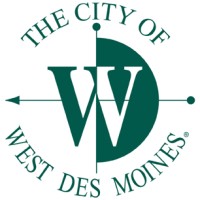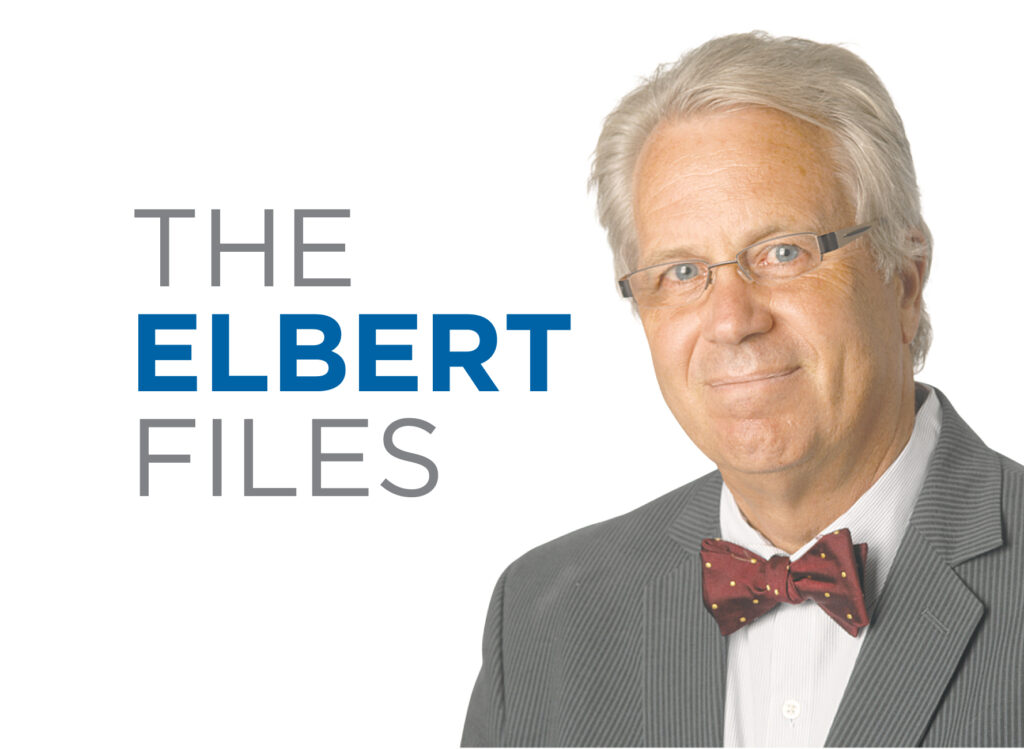The Elbert Files: Brooklyn

I awoke recently to the sound of workers pouring a new floor less than 30 yards from my 15th-floor hotel room in downtown Brooklyn. They were so close I could see individual pieces of gravel in the concrete slough.
We spent Easter weekend in Brooklyn with our 6-month-old granddaughter and 3-year-old grandson.
It’s a community of 2.6 million residents and was founded in the mid-1600s by the Dutch, who named it Breukelen.
The community has been reinventing itself ever since.
We attended Easter services at Plymouth Church, which was built in 1850 and is the namesake of the Congregational Church we attend in Des Moines. The church is within easy walking distance of our son’s home in Brooklyn Heights.
Brooklyn’s Plymouth is steeped in history. Its first pastor was Henry Ward Beecher, the abolitionist preacher whose sister, Harriet Beecher Stowe, wrote “Uncle Tom’s Cabin.” Runaway slaves traveling the Underground Railroad to Canada often hid in a tunnel-like room known as “Grand Central Station” directly beneath main sanctuary.
The church is credited with helping launch Abraham Lincoln’s campaign for president after a member telegraphed an invitation to speak in November 1859 “at Mr. Beechers church in Broolyn [sic]” for a fee of $200.
The speech was delayed until the following February, when the location was moved to the newly opened, and more conveniently located, Cooper Institute in Manhattan.
On the day before Lincoln’s speech, he attended Sunday services at Plymouth, sitting in pew No. 89, which today is marked with a metal plate bearing the signature “A. Lincoln.”
Lincoln’s Cooper speech was a scholarly analysis of the slavery views of the 39 men who signed the U.S. Constitution. He discerned that 23 had at some point in their lives declared a public opinion about slavery, with 21 signers opposed and only two favoring it.
That speech on Feb. 27, 1860, in Manhattan, the news center of the nation, launched Lincoln’s successful bid for the 1860 Republican nomination for president.
My son’s apartment is also near the Brooklyn Promenade, a cantilevered walkway overlooking a waterfront that was frequented during the 1850s by poet Walt Whitman.
This year marks the 200th anniversary of Whitman’s birth with attendant celebrations. An exhibit at the Brooklyn Public Library honors Whitman as one of the nation’s earliest openly gay artists.
It also celebrates the lives of other Brooklyn residents who broke racial and sexual barriers, including Elizabeth Trondle, a transgender who was arrested in 1913 at age 18 for “masquerading in male attire.” Her case received national attention when Trondle told reporters, “I’ve always been more boy than girl.”
At the time of our Brooklyn trip, I was reading “The Better Angel,” Roy Morris’ 2000 biography that focuses on Whitman’s yeoman’s efforts to comfort wounded and sick Civil War soldiers.
Morris wrote that Whitman’s romantic involvements included a man named Peter Doyle, who was the poet’s “inseparable companion” for five years.
Doyle was an Irish-born Confederate deserter who drove a Georgetown streetcar when Whitman met him in early 1865. Doyle was at Ford’s Theater the night Lincoln was assassinated and provided Whitman, who was in Brooklyn at the time, with a detailed eyewitness account.
The Brooklyn Heights Promenade is part of the city’s modern evolution. It was constructed after World War II above the Brooklyn-Queens Expressway, for which a new expansion is now being debated.
Today, the walkway is a place to see and be seen where you can hear 10 different languages in 10 minutes.
It provides spectacular views of lower Manhattan and the Statue of Liberty, and on Easter Sunday it was one place in Brooklyn where we saw more babies than dogs.








